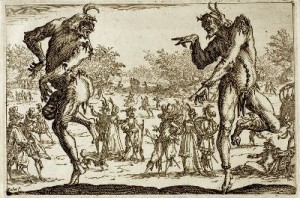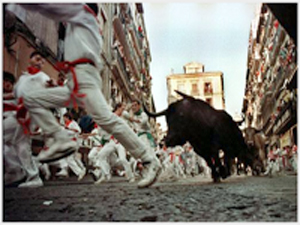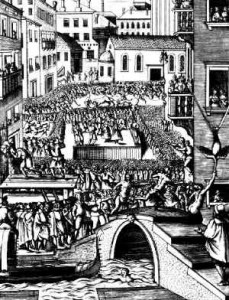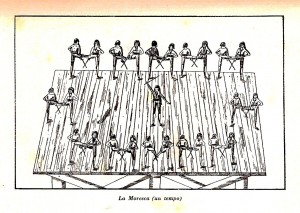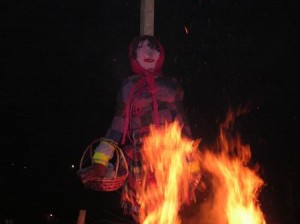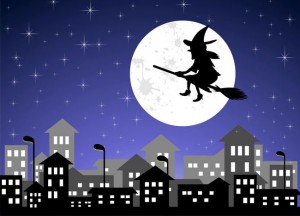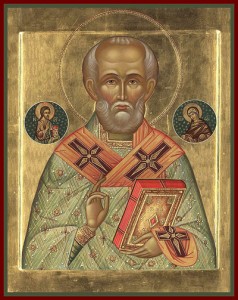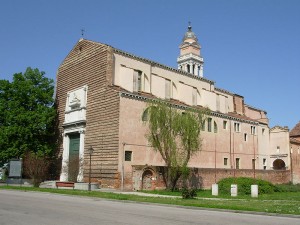Venetian Modern masks
 The modern celebration of the Carnival of Venice has reinvigorated the art and craft of making Venetian masks.Recognizable types of Venetian masks continue to dazzle tourists, and the participants during the Carnival.The homemade modern masks in Venice has begun nearly 25 years ago. You can find many laboratories with a wide choice of models.Like all other Venetian masks,the modern masks are authentic
The modern celebration of the Carnival of Venice has reinvigorated the art and craft of making Venetian masks.Recognizable types of Venetian masks continue to dazzle tourists, and the participants during the Carnival.The homemade modern masks in Venice has begun nearly 25 years ago. You can find many laboratories with a wide choice of models.Like all other Venetian masks,the modern masks are authentic 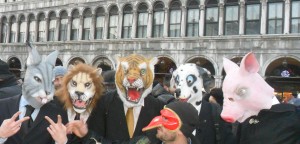 handcrafted masks for the Venezian ball. There are available different styles and colors , from the traditional Harlequin to Colombine ,unique colorful masks .Here you can find the perfect venetian modern masks for all your needs. By purchasing a Venetian mask today for your next fancy dress party is like to buy a nice piece of Venetian history for your home or office.
handcrafted masks for the Venezian ball. There are available different styles and colors , from the traditional Harlequin to Colombine ,unique colorful masks .Here you can find the perfect venetian modern masks for all your needs. By purchasing a Venetian mask today for your next fancy dress party is like to buy a nice piece of Venetian history for your home or office.
The collection of animal masks
 provides you an authentic hand-made Venetian masks , with animal faces . These animal masks are perfect to wear in any masquerade ball , Mardi Gras carnival or other events . Beautifully decorated ,the collection of animal masks certainly a great piece ,that can be worn both as a mask for the next dance and a
provides you an authentic hand-made Venetian masks , with animal faces . These animal masks are perfect to wear in any masquerade ball , Mardi Gras carnival or other events . Beautifully decorated ,the collection of animal masks certainly a great piece ,that can be worn both as a mask for the next dance and a
wonderful work of art, rich in ornaments such as the walls of some Venetian palaces.
Venetian Masks for ball.
From the great Venezian ball of the fifteenth century to the present days there is nothing  more fascinating than a Venetian masked ball . You will always find a wide selection of masks to disguise. Each masks are handcrafted in Venice, Italy and have a certificate of authenticity . There are different styles , colors and designs from you can choose so you can find the perfect mask for the masquerade ball or for the carnival.
more fascinating than a Venetian masked ball . You will always find a wide selection of masks to disguise. Each masks are handcrafted in Venice, Italy and have a certificate of authenticity . There are different styles , colors and designs from you can choose so you can find the perfect mask for the masquerade ball or for the carnival.
From the Luxury line,
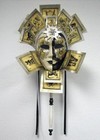 elegant and stunning Venetian masks made of gold, laser-cut metal , adorned with authentic Swarovski crystals. Handmade masks from paper mache , beautifully decorated with ” antique white ” , tarot cards form, black cat,drawings in black and white or antiqued with silver ornaments and artificial lights.All the masks are handmade and painted in Venice , Italy .All the masks are unicate,you can’t find two identical masks.
elegant and stunning Venetian masks made of gold, laser-cut metal , adorned with authentic Swarovski crystals. Handmade masks from paper mache , beautifully decorated with ” antique white ” , tarot cards form, black cat,drawings in black and white or antiqued with silver ornaments and artificial lights.All the masks are handmade and painted in Venice , Italy .All the masks are unicate,you can’t find two identical masks.
The masks are signed by the artist and include a certificate of authenticity on the inside . Wearing Venetian masks has spread in North and South America ,at Halloween, masquerade balls , carnivals and other events, but all these characters carried out the rich Italian history.
Wearing Venetian masks has spread in North and South America ,at Halloween, masquerade balls , carnivals and other events, but all these characters carried out the rich Italian history.
For those interested in buying a mask online can visit:
http://www.visionsofvenice.com/subcat.asp?cat=1&subcat=37&/Venetian+Masks/Venetian+Luxury+Mask+Line+-+Linea+di+Lusso
other items:http://dipoco.altervista.org/articles/
visit my website: http://ginocosta.altervista.org/you-can-do-it.html
On facebook https://www.facebook.com/venice.venezia.5

